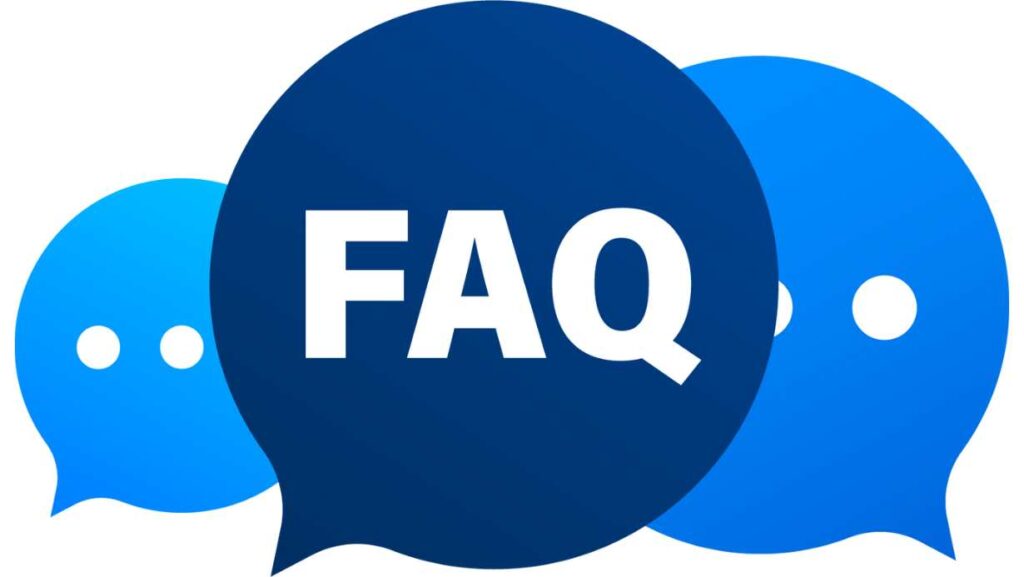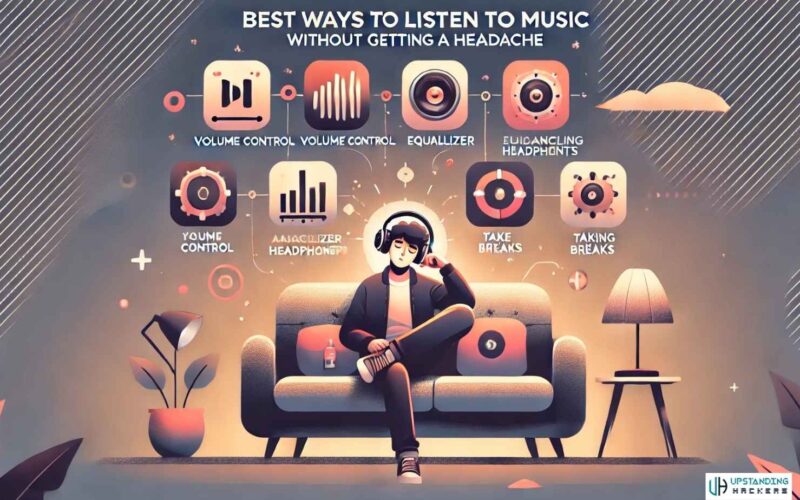Music is a universal language that brings joy and comfort to many. However, for some, listening to music can lead to headaches, turning a pleasurable activity into a painful experience. If you’ve ever found yourself in this situation, don’t worry—there are several strategies you can employ to enjoy your favorite tunes without the accompanying discomfort. One effective approach is to explore the best way to listen to music without headache, ensuring that your listening experience remains enjoyable and pain-free.
Understanding the Connection Between Music and Headaches
Before diving into solutions, it’s essential to understand why music might trigger headaches. Factors such as volume, sound quality, listening duration, and individual sensitivity can all play a role. By identifying these triggers, you can take proactive steps to prevent headaches.
The Best Way to Listen to Music Without Headache
Choose the Right Volume Level

One of the most common culprits behind music-induced headaches is listening at high volumes. Loud sounds can overstimulate the auditory system, leading to discomfort or pain. To avoid this:
- Keep the Volume Moderate: Ensure your music is at a comfortable level. If you’re using headphones, a good rule of thumb is to keep the volume at 60% or lower.
- Use Volume-Limiting Features: Many devices offer settings to limit maximum volume. Utilize these features to prevent accidental spikes in sound levels.
Invest in Quality Headphones

The type of headphones you use can significantly impact your listening experience. Poor-quality headphones may produce distorted sounds, leading to listener fatigue and headaches. Consider the following:
- Noise-Canceling Headphones: These can block out external noise, allowing you to listen at lower volumes. The 5 Very Best Noise-Canceling Headphones offer a comprehensive guide to top options.
- Comfortable Fit: Ensure your headphones fit well and don’t apply excessive pressure on your head or ears.
Be Mindful of Listening Duration

Extended listening sessions can contribute to headaches. It’s essential to give your ears and mind regular breaks:
- Follow the 60/60 Rule: Listen at 60% volume for no more than 60 minutes at a time, then take a break.
- Schedule Regular Pauses: Set reminders to take short breaks during long listening sessions to rest your ears.
Curate Your Playlist Wisely
The type of music you listen to can also influence headache occurrence:
- Opt for Soothing Genres: Genres like classical or ambient music are less likely to cause discomfort. BBC Radio 3’s Unwind offers curated playlists designed to help listeners relax and de-stress.
- Avoid Harsh or Abrasive Sounds: Music with jarring or high-pitched elements can be more likely to trigger headaches.
Consider the Environment
Your listening environment plays a crucial role in your overall experience:
- Reduce Background Noise: A quieter environment allows for lower listening volumes.
- Ensure Proper Lighting: Bright or flickering lights can exacerbate headaches. Opt for soft, consistent lighting when listening to music.
Stay Hydrated and Maintain Good Posture

General health habits can influence your susceptibility to headaches:
- Hydration: Dehydration is a common headache trigger. Keep a water bottle nearby and sip regularly.
- Posture: Slouching or poor posture can lead to tension headaches. Sit or stand upright, ensuring your head and neck are aligned.
Explore Sound Therapy
Sound therapy involves using specific frequencies to promote relaxation and alleviate pain. Some individuals find relief through:
- Sound Frequency Apps: Applications like Soaak offer sound frequency therapy aimed at reducing stress and pain. Can Sound Frequency Therapy Ease Chronic Pain? discusses one user’s experience with such an app.
Consult a Professional
If you continue to experience headaches despite making these adjustments, it may be beneficial to consult with a healthcare professional. They can help identify any underlying issues and provide personalized recommendations.
Conclusion
Enjoying music without the discomfort of headaches is achievable by making mindful adjustments to your listening habits, environment, and equipment. By understanding your triggers and implementing these strategies, you can continue to relish your favorite tunes headache-free.
FAQs

- Can certain music genres trigger headaches more than others?
- Yes, music with heavy bass, high-pitched tones, or jarring rhythms can be more likely to cause headaches in sensitive individuals.
- Are earbuds or over-ear headphones better for preventing headaches?
- Over-ear headphones are generally better as they distribute pressure more evenly and often provide better sound quality, reducing the need for higher volumes.
- How can I tell if my headphones are causing my headaches?
- If you notice headaches consistently after using certain headphones, they may be the cause. Try switching to a different pair to see if the issue persists.
- Is it possible that I’m just sensitive to certain frequencies?
- Yes, some individuals have sensitivities to specific sound frequencies, which can trigger headaches.
- Can listening to music help alleviate headaches?
- In some cases, listening to soothing music can help reduce stress and alleviate tension headaches. It’s essential to choose the right type of music and keep the volume at a comfortable level.










